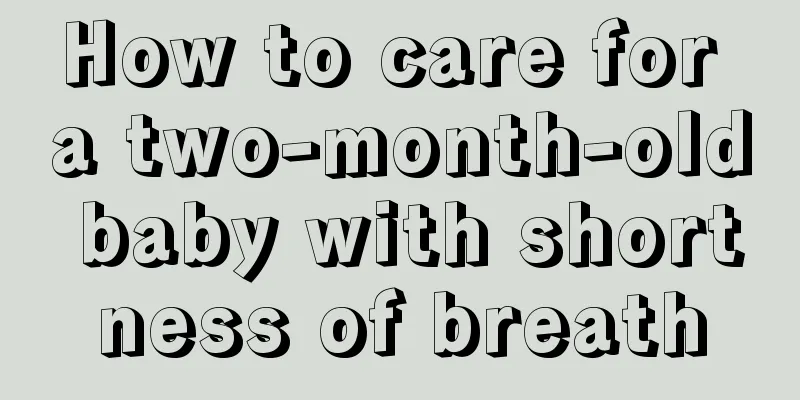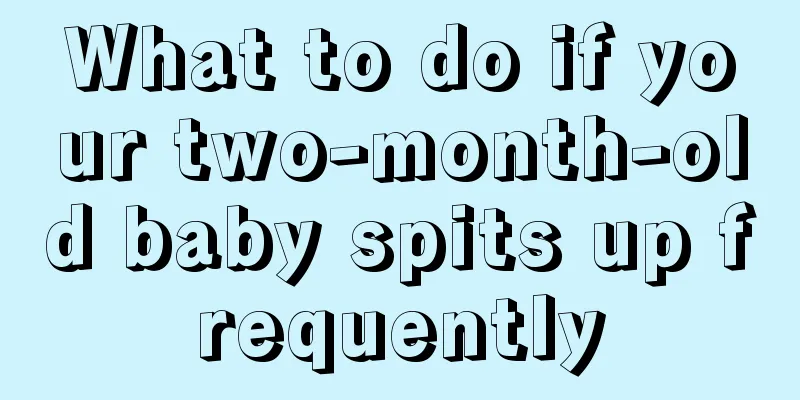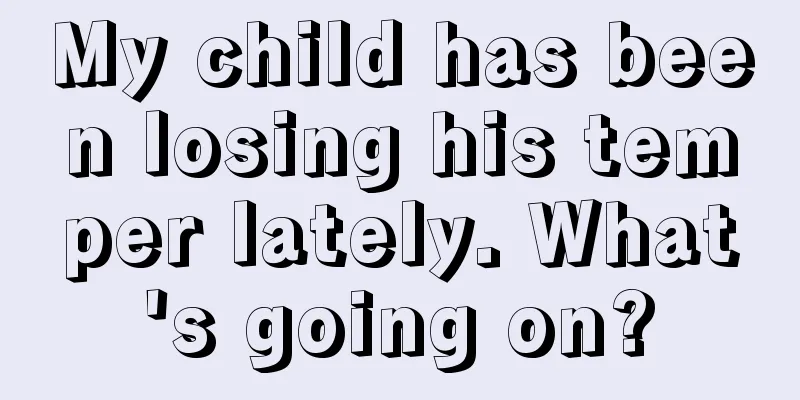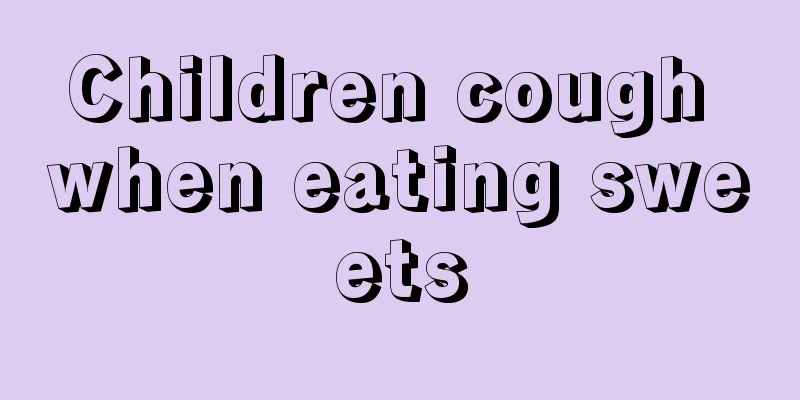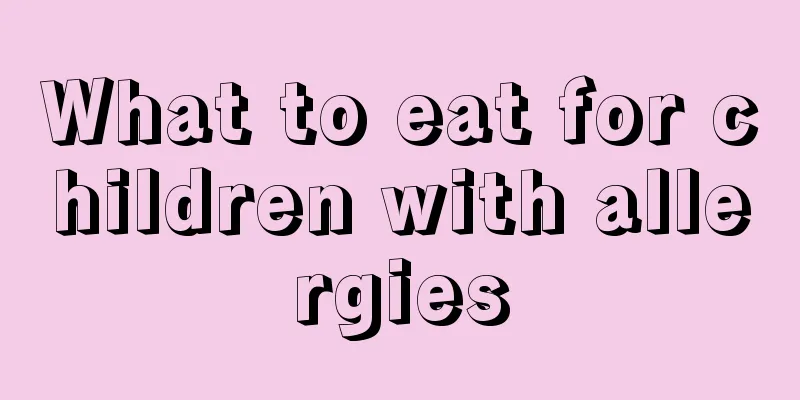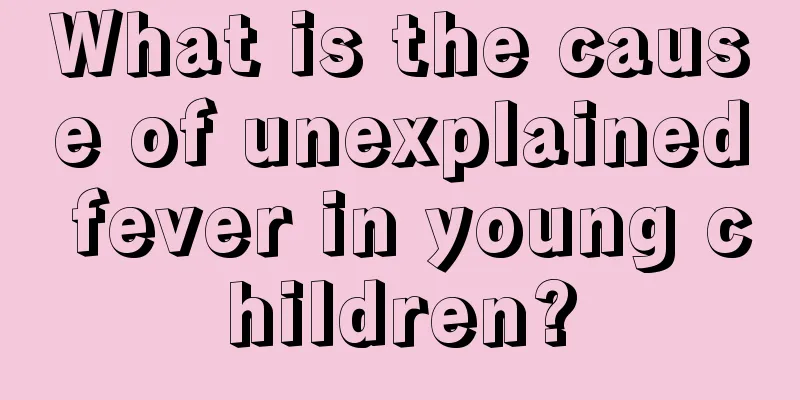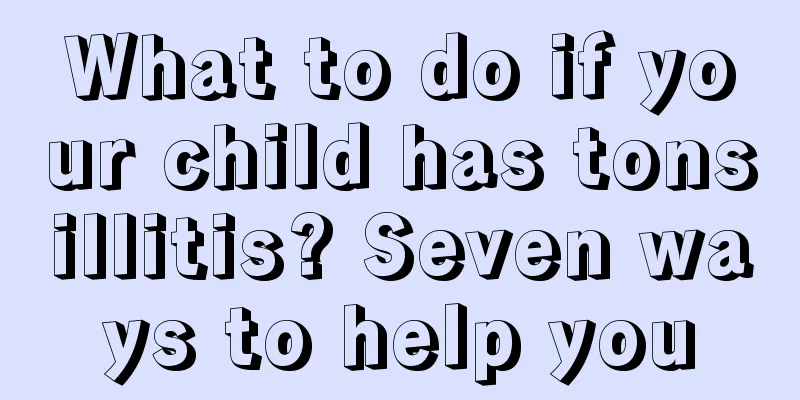Children's tonsils suppuration and repeated fever
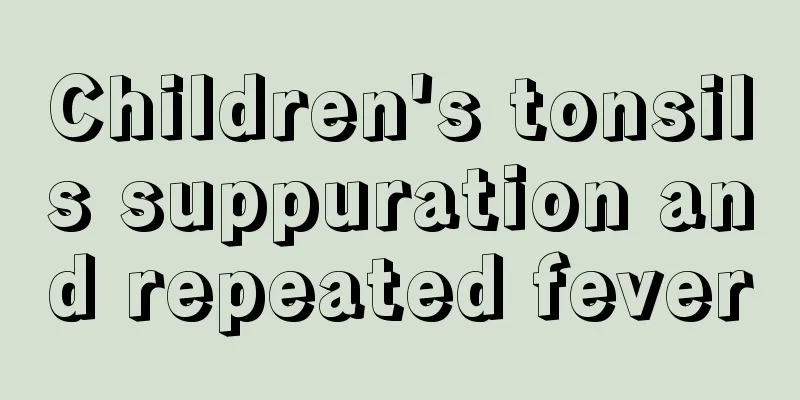
|
Children are often infected with certain diseases due to their low resistance, especially those with weak constitutions have a higher chance of getting sick. Some children are more worried and will show symptoms of physical discomfort at the slightest thing. It is common for children to have tonsils and repeated fever. In this case, parents must understand how to take good care of their children. Below is a detailed introduction on how to care for a child with recurring fever. 1. A body temperature of 37.5-38℃ is a low fever, 38-39℃ is a moderate fever, and above 39℃ is a high fever. Low or moderate fever is beneficial to the baby's growth and development. Fever is the body's response to a viral or bacterial invasion. This reaction helps to eliminate invading viruses and bacteria, thus promoting the normal growth and development of the baby. 2. No medicine is needed unless the fever is high. If the body temperature reaches 39 degrees or above, medication must be taken immediately. If high fever persists for too long, many important functions of the body may be disrupted; the high consumption of oxygen and nutrients may increase the burden on the heart and blood vessels; the brain may become overly excited and cause febrile convulsions or over-inhibited and cause drowsiness; digestive dysfunction may occur; resistance may be weakened and pneumonia may occur. 3. Antipyretic drugs have serious side effects and should not be used unless absolutely necessary. Whether it is paracetamol, compound aspirin (APC), or other various antipyretics, they all have significant side effects: irritating the gastric mucosa, destroying appetite, aggravating gastric ulcers or even bleeding, causing long-term small amounts of gastrointestinal bleeding and thus leading to iron deficiency anemia; inducing blood diseases; damaging the liver and kidneys; severe allergic reactions manifest as exfoliative dermatitis combined with liver and kidney poisoning and death. 4. Lower the room temperature (in summer), take off excess clothes, and ensure that the baby is in a cool (but not cold) and ventilated environment. In the past, it was advocated to use physical and drug cooling as appropriate, but the traditional cooling method of using cold or warm water or alcohol baths when the fever is high was not advocated. Studies have shown that this method violates the physiological mechanism. 5. If the baby has a high fever, parents do not need to become more and more nervous. Just follow the above suggestions, observe the baby's activity, replenish water, and reduce the fever appropriately when necessary. The higher the body temperature, the smaller the dose of antipyretic should be used to avoid excessive and rapid fever reduction causing collapse. Take your baby to the doctor promptly. This article discusses some cooling methods that can be used for tonsillitis and fever. If your baby also has this situation, you can follow the methods described in this article to cool your child down. It should be noted that if medication is not necessary, it should be avoided, because medication has many side effects. It is better to use physical cooling as much as possible. |
<<: Tonsils development in children
>>: Six-year-old child has pain around belly button
Recommend
Why does the child twitch all over when sleeping?
Children are the most important relatives of us p...
Children's stool color
We all know that the color of children's stoo...
What should I do if my baby has white spots on his breasts?
White spots on baby's nipples is a problem th...
What are the main first aid knowledge for middle school students?
Accidents happen all the time in our lives. Minor...
Causes and treatment suggestions for red bloodshot eyes in newborns
Bloodshot eyes are a problem even for adults, so ...
How often should children receive hepatitis A vaccine?
Hepatitis A vaccine for children is a relatively ...
Reasons for recurrent eczema in babies
It is normal for babies to have eczema, but some ...
Causes and treatment of white spots on the nails of 2-year-old babies
Generally, children's nails should be a healt...
What are the prevention methods for hernia in children?
Nowadays, children are the treasures of every hou...
What medicine is good for children with tonsil suppuration?
Most children are picky eaters and they are very ...
How can a short child grow taller?
There are many short people around us in our live...
What are the methods to remove black spots from children’s teeth?
Black spots on children's teeth are a dental ...
The child snores and has phlegm when sleeping
Children's physical resistance is relatively ...
What fruits can babies eat to improve immunity
Immunity is a very important part of the human bo...
Can a newborn baby's belly button touch water?
Generally speaking, a newborn baby has an umbilic...
